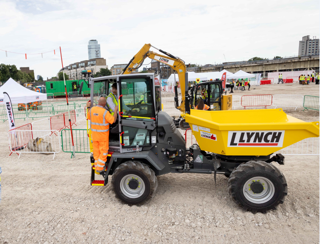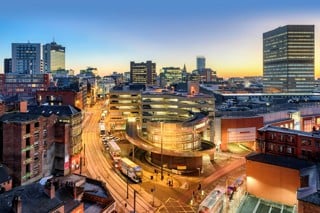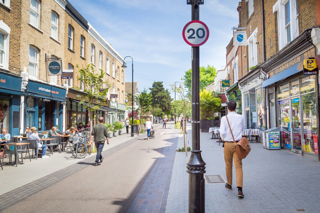Transport for London (TfL) is trialling new traffic light technology which can detect cyclists and give them more time at busy junctions.
The trials are taking place along Cable Street on Cycle Superhighway 3 and use two different types of technology (one radar-based and one thermal-based) to detect the numbers of cyclists travelling along the route.
The thermal-based technology detects the heat of riders as they enter the detection zone and allows the traffic light timings to be adjusted to give more green time when there are high numbers of cyclists.
TfL will test both types of technology with different junction designs to assess the possibility of introducing them across London.
The Mayor of London, Boris Johnson, said: “Once again London leads the way as we host world-first trials of technology that has the potential to bring significant benefits to cyclists. With record numbers taking to two wheels we are doing everything we can to make our roads more inviting places to be."
Garrett Emmerson, chief operating officer for surface transport at TfL, said: “These hugely innovative trials are another major step forward to create roads designed for all types of road users. By having traffic signals that are able to detect when there are high numbers of cyclists waiting at junctions, we can ensure they are given adequate time and safe passage through the junction, balancing the needs of everyone.”
The new cycle detection trials follow the pedestrian split cycle offset optimisation technique (SCOOT) trials last year, which used detectors to calculate how many people were waiting to cross the road and extend their green time to reflect demand. These trials are now finished and TfL is assessing the findings before deciding the next steps to introduce this technology more widely across London
TfL has also been given the go ahead by the Department for Transport (DfT) to install low level cycle signals at traffic lights where they will deliver benefits.
This is the first time a highway authority in the UK has been given this approval and means that the signals, which are common place in continental Europe, can be installed as part of the wider Cycle Superhighway works being carried out across London.
TfL is also working with local boroughs to identify further locations across London where these new low level signals could be introduced on borough roads.
British Cycling's campaigns manager, Martin Key, said: "It is great to see that low-level traffic lights can now be installed more widely across London. They have been used successfully across Europe and make it easier for cyclists to know when it is safe for them to ride through the junction. These lights, plus other cycle friendly measures, should be available to use not only in the capital but across the whole country over the next couple of years.”


















Login to comment
Comments
No comments have been made yet.